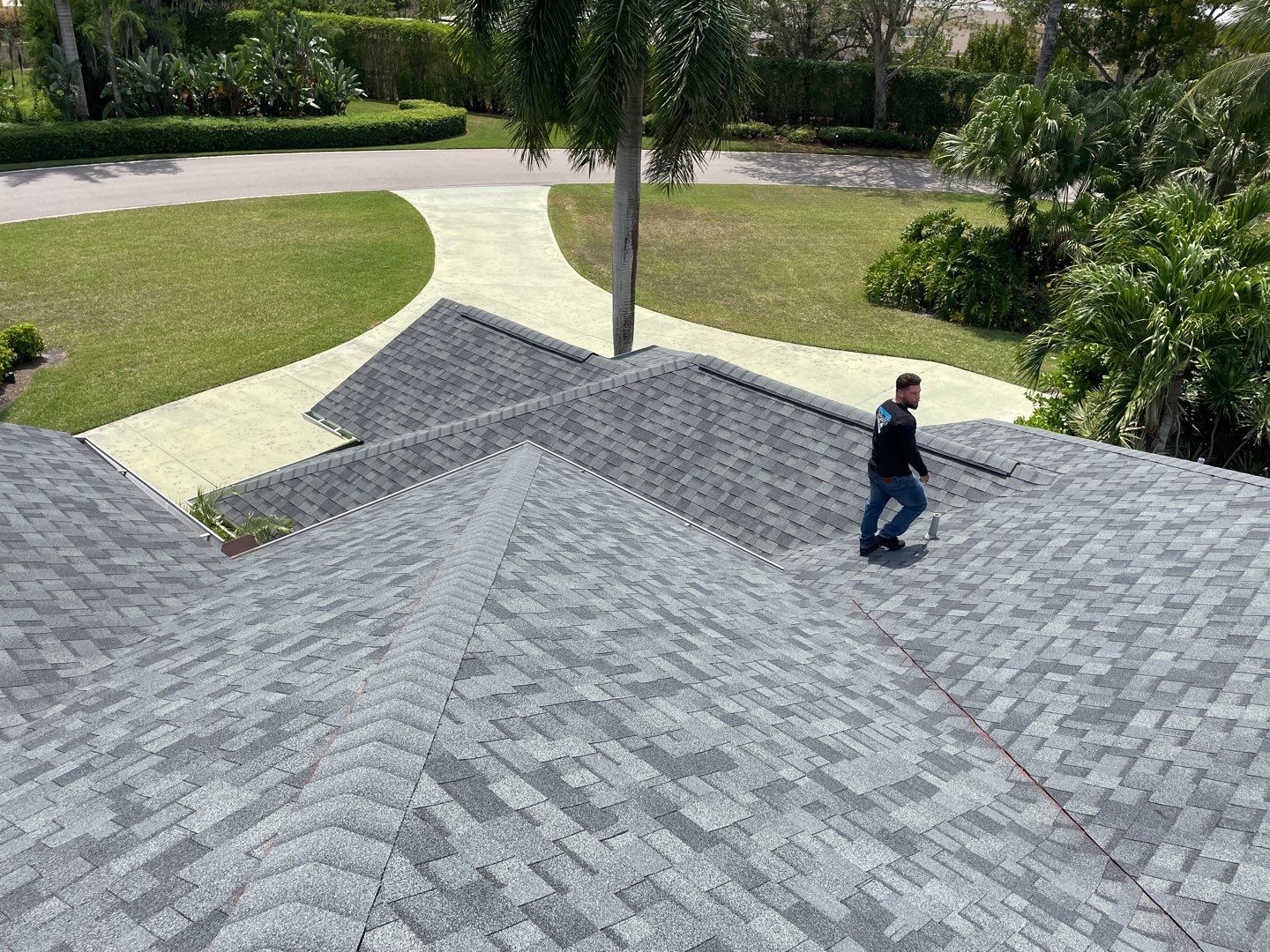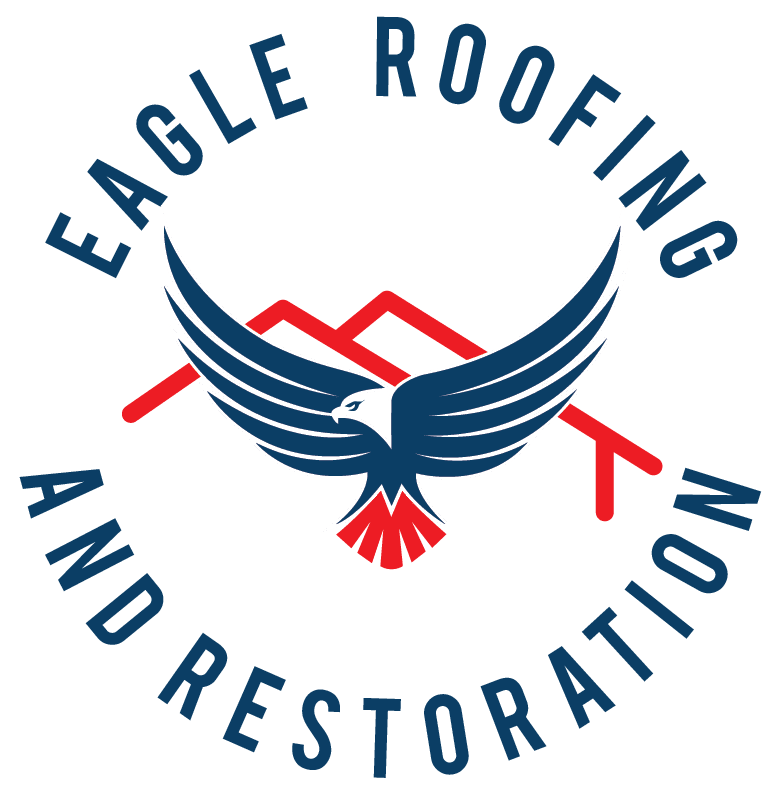Professional Roof Inspection Services You Can Rely On
Avoid costly surprises with a detailed roof inspection from certified experts. We help homeowners and commercial property owners detect issues early and protect their investment for the long haul.
Experienced, Licensed Inspectors
Comprehensive, Multi-Point Evaluation
Custom Reports With Photos & Recommendations
Ideal for Preventative Maintenance, Insurance Claims & Repairs
What we do
Licensed Roof Inspectors for Thorough and Accurate Assessments
Our certified roofing inspectors are trained to detect even the smallest signs of roof damage, deterioration, or risk. From surface-level wear to structural weaknesses, we inspect every layer of your roof to ensure you know exactly what’s happening above your head and what to do next.
Keep Your Roof in Top Condition

At Eagle Roofing, we perform detailed inspections that identify cracks, leaks, holes, sagging areas, and signs of water damage before they turn into expensive problems. Our process covers the entire system: shingles, flashing, vents, gutters, attic moisture levels, and beyond.
You’ll receive a clear, honest report outlining what’s working, what’s failing, and what steps to take next.
A proper roof inspection consists of several key components that are essential for assessing the overall condition and identifying any potential issues or damage. These components ensure a thorough evaluation of the roof’s integrity, enabling homeowners, property owners, and roofing professionals to make informed decisions about necessary repairs or maintenance. Here are the main components of a comprehensive roof inspection:
1. Exterior Inspection
We examine your roof’s surface for signs of damage, such as cracked or missing shingles, weather wear, sagging spots, and gutter issues.
2. Interior Inspection
Inside the attic or ceiling, we check for signs of water intrusion, such as leaks, mold, mildew, or poor ventilation.
3. Roofing Materials Evaluation
We assess the condition of shingles, tiles, or metal panels, checking for blisters, curling, punctures, and other material wear.
4. Flashing and Seals
Critical points like chimneys, vents, and skylights are inspected for proper sealing to prevent leaks.
5. Structural Review
We assess the underlying roof structure for proper alignment, stability, and any signs of sagging or deterioration.
6. Drainage Assessment
Ensuring proper slope and functioning gutters to prevent water pooling or damage.
7. Full Documentation & Reporting
You’ll receive a complete inspection report with photos, findings, and recommended next steps for repairs or insurance claims.
Roof inspections aren’t just for emergencies, they’re your first line of defense against major damage and unnecessary expenses. With Eagle Roofing, you get a team that’s thorough, honest, and ready to support your next steps with full transparency. Whether it’s peace of mind or preparation for a big project, we’ve got your roof covered.
We Know How to Work with Both Insurance Companies and Property Adjustors

Learn about Our Inspection Process

When you reach out for a roof inspection, we start with a quick and convenient first step: We’ll ask you to send photos of your roof so we can estimate the time required for the inspection: typically between 15 minutes to an hour where we:
- Conduct a walkthrough of the roof: to assess visible wear and structural integrity
- Check for storm damage: like lifted shingles, impact marks, and compromised seals
- Provide an analysis of the roof’s condition: with photo documentation, expert recommendations, and next steps if any issues are found
Our team is trained to be thorough, honest, and efficient. Giving you peace of mind with no guesswork. Contact us at +1 (239) 373-9622 today for a free estimate and to schedule your professional roof inspection.




